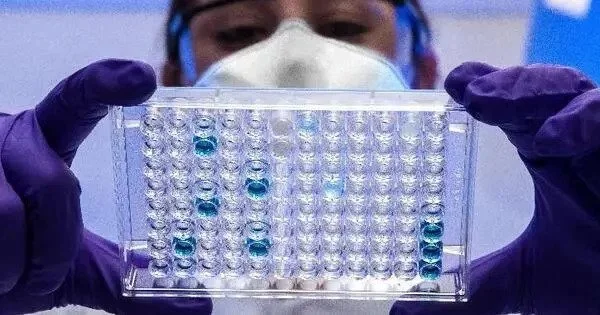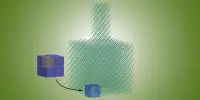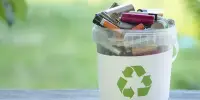Human tears may contain a wealth of useful information. A new method for detecting diabetes and even eye disease using just a few teardrops was recently announced by scientists. A new technique can detect eye disease and even early signs of diabetes with just a few drops, according to scientists reporting in ACS Nano.
“We wanted to show the potential of using tears to detect disease,” explains Fei Liu, a biomedical engineer at China’s Wenzhou Medical University. He believes the droplets could one day allow scientists to peer into the entire body and even allow people to test their tears at home.
The new technology, known as iTEARS, makes use of nanotechnology to analyse the composition of tears. Exosomes, a type of tiny sac that makes up tears, are responsible for carrying the body’s molecular signals. According to a study that was published in ACS Nano, humans can peer into the human body and diagnose disorders like diabetes if they intercept these signals and correctly identify them.
We wanted to show the potential of using tears to detect disease. He believes the droplets could one day allow scientists to peer into the entire body and even allow people to test their tears at home.
Fei Liu
According to researchers, the technique only takes five minutes. Wenzhou Medical University biomedical engineer and study co-author Fei Liu hopes to employ this cutting-edge method to create at-home self-testing kits. Liu stated that the goal was to highlight the potential of tears to identify diseases.
The little amount of tears compared to other body fluids like saliva and urine, as well as its slow recovery and lengthy processing time, posed a challenge to the researchers. As a result, the Liu team created a new technique to extract the sacs from a small amount of tears. Tears were initially collected from study participants by the authors of the article published in ACS Nano.

Like saliva and urine, tears contain tiny sacs stuffed with cellular messages. If scientists could intercept these microscopic mailbags, they could offer new intel on what’s happening inside the body. But collecting enough of these sacs, called exosomes, is tricky. Unlike fluid from other body parts, just a trickle of liquid leaks from the eyes.
So Liu’s team devised a new way to capture the sacs from tiny volumes of tears. First, the researchers collected tears from study participants. Then, the team added a solution containing the tears to a device with two nanoporous membranes, vibrated the membranes and sucked the solution through. Within minutes, the technique lets small molecules escape, leaving the sacs behind for analysis.
After that, a device with nanoporous membranes was filled with a tear-containing solution, the membranes were vibrated, and the solution was sucked through. The technique allows minute molecules to leave in a matter of minutes, leaving the sacks behind for analysis. The findings were eye-opening for researchers. The researchers discovered that different types of dry eye disease leave molecular imprints in people’s tears. Furthermore, tears may help doctors monitor how patients’ diabetes progresses.
The findings were eye-opening for scientists. The researchers discovered that different types of dry eye disease leave their own molecular fingerprints in people’s tears. Furthermore, tears may be able to help doctors track how a patient’s diabetes is progressing.
The research team discovered 426 proteins associated with dry eye syndrome during their study. Researchers also discovered some indicators that change as diabetic retinopathy progresses. Individuals’ diabetes progression can be tracked using this information.
According to study coauthor Luke Lee, a bioengineer at Harvard Medical School, the scientists now want to tap tears for evidence of other diseases as well as depression or emotional stress. “This is just the start,” he says. “Tears express something we haven’t really looked into.”
















